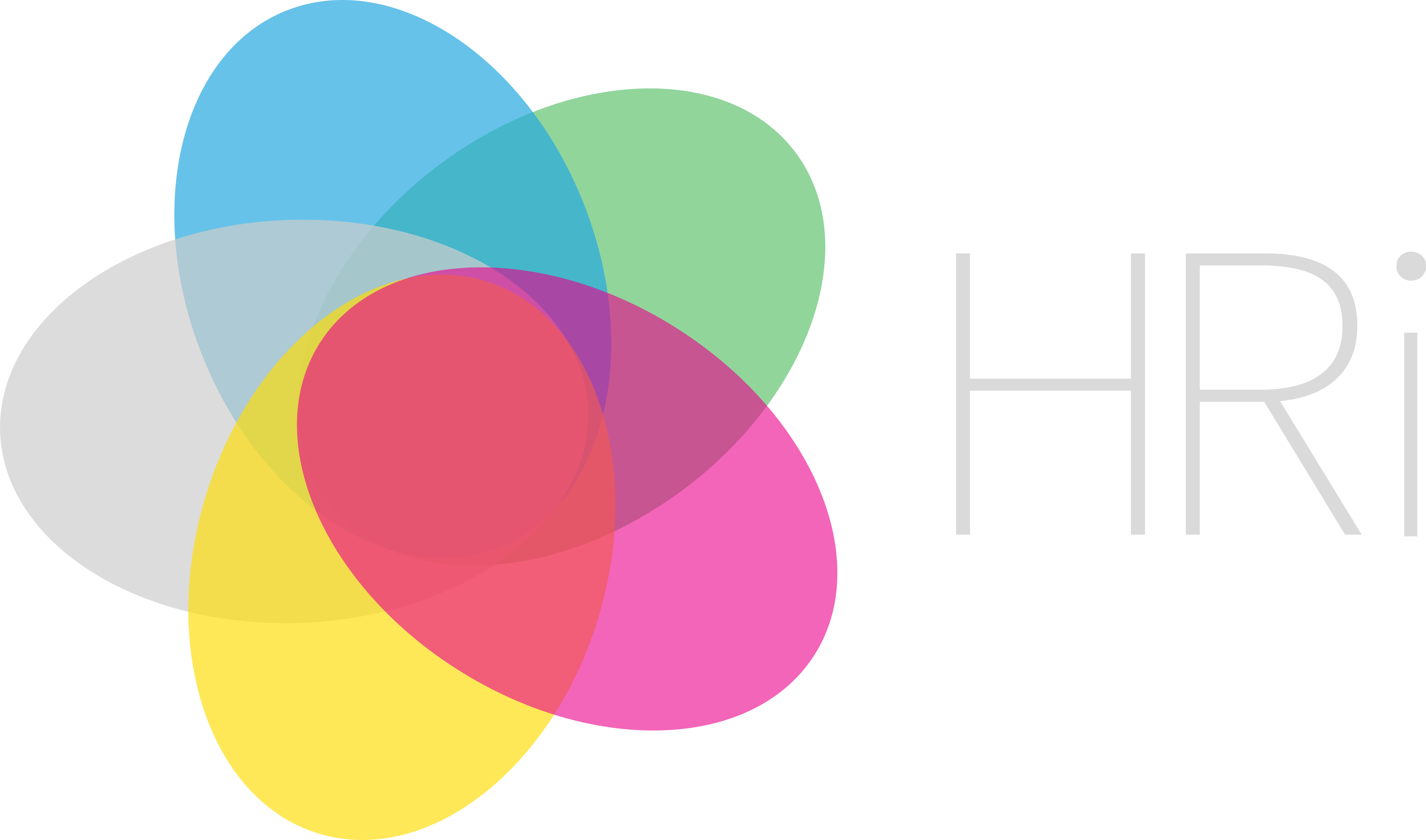A team of University of Regina Researchers, led by Christian Riegel, Professor of English at Campion College, has been awarded a $20,000 SSHRC Connection Grant for their project, “Eye Tracking, Disability, and Mind Art Creation: A Multidisciplinary Approach” The other members of Dr. Riegel’s team are: Megan Smith (MAP), Katherine M. Robinson (Campion/Psychology), Randy Johner (Social Work), Chris Herdman (Visual Simulation Lab & Cognitive Science, Carleton University). Here is a complete description of their project, which is supported by a grant from the Humanities Research Institute. Designed as a three-part event comprising 1) virtual meetings linking the University of Regina and Carleton University, 2) a humanities-oriented hackathon, and 3) a think tank, the “Eye Tracking, Disability, and Mind Art Creation: A Multidisciplinary Approach” project seeks to promote research collaboration amongst researchers, students, and community members with the aim to discover new ways to enhance artistic creation with only the use of eye movements captured through the technology of eye tracking. Eye tracking devices have been used in cognitive science research for several decades, producing empirical data to enhance knowledge about a variety of cognitive processes. Most of this research has been lab-based due to technological limitations. Over the last few years, eye tracking technology has advanced to include small mobile devices to expand the reach of eye movements outside strictly research spaces and virtual reality technology has been developed that includes the ability to track eye movements. We are at the beginning stages of the development of brain computer interfaces (BCI) relating to eye movements, but early work is promising. Individuals with locked-in syndrome, for example, now have the ability to effect control over objects (e.g., a cursor) on a computer screen (Telegraph, 03/13/2014; Euronews.com, 03/06/2016), and those with a variety of mobility challenges relating to paralysis, stroke, and other movement-limiting conditions are benefiting from eye movement-based prototypes (Soltani and Mahnam, 2016; Rascanu and Salia, 2011). “Eye Tracking, Disability, and Mind Art Creation” will assemble a multidisciplinary team of researchers, students, and community members who are connected through humanities concerns of artistic production to a) examine the hardware and software potential for eye tracking devices to produce tangible creative outputs (visual art, musical composition & performance, and creative writing); b) develop, following a “hackathon” model, functional eye tracking modes that produce creative outputs using existing commercial eye trackers (Tobii XT 60, Oculus VR, Eye Tribe). In a humanities context, the notion of a hackathon emphasizes software and hardware contexts and marries them with humanities concerns relating to theories of culture, cultural history and production; c) assemble easily available and low-cost microcomputers and other hardware pieces (e.g., Arduino), write suitable code, and produce functional prototypes for common use. Related goals will be to create linkages with researchers and their students at two universities and with community groups that deal with disability (University of Regina, Carleton University, George Reed Foundation, Neil Squire Society) with the goal to develop future research in the humanities, social sciences, and technology fields to redefine tools to increase accessibility for including, but not limited to, people with limited mobility or mobility impairment. Parts 1 and 2 of “Eye Tracking, Disability, and Mind Art Creation: A Multidisciplinary Approach” are modeled on the successful “Creativity Greenhouse” model devised by the Engineering and Physical Sciences Research Council (EPRSC) in the UK. The Creativity Greenhouse gathered participants from disparate sites, connected them via virtual meetings, and challenged them “to respond to a research challenge that was to generate an interdisciplinary project” (2). In Part 1, we will hold several virtual meetings with team members from each site to plan utilization of tools, technical personnel, researchers, students, and community members with the aim to address several key questions to stimulate thinking: how can our existing eye tracking tools and software solutions be used to produce creative outputs in visual art, musical composition and performance, and writing?; how can we use microcomputers (e.g., Arduinos), related hardware pieces, and simple code to produce low-cost and easily portable eye trackers?; how can a multidisciplinary approach provide avenues to the successful achievement of our goals? Linking our meetings concurrently will allow each of the research teams to provide insight into the technological and artistic knowledge we each possess, and will allow epistemological challenges our multidisciplinary approach presents to be discussed. Part 2 comprises a hackathon at each site. Following the successful model established at the University of Regina by the Humanities Research Institute, and lead by the Applicant and Co-Applicant, Dr. Megan Smith, in March 2016, teams of researchers, students, and community members will be provided with technology and software tools, plus technical support (e.g., hardware and coding support), and be challenged to produce viable eye-tracking based creative outputs. Part 3 gathers representatives from Carleton and Regina who will come to the University of Regina for a one-day think tank, open to the public, that includes formal presentations from each team about the results of the hackathon and demonstrations of the technological solutions and creative outputs and a presentation by the executive director of the Neil Squire Society on technology development in a disability context and on community-university research partnerships. Members of the community will be invited to create their own art by using our eye tracker solutions and the prototypes created in the hackathon. The think tank will serve to plan future research collaboration.
SSHRC- Funded Research Project on Eye-Tracking was last modified: July 18th, 2017 by
Categories:
